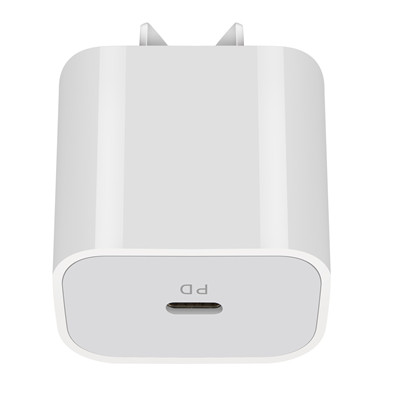





| Type | Power Supply Adapter, Universal Adapter |
| Usage | Universal |
| Function | Other |
| Output Power | 18W |
| Weight | 65g |
| MOQ | 20 Sets |
| Package | one piece to PE bag then to carton |
| Material | ABS, ABS, Copper |
| Color | White,pink,blue |
| Product name | Cell Phone fast Charger for phone QC3.0 adapter USB Charger |
| Port | 1 x USB |
| Use | Mobile Phone |
| Product name | power adapter |
| Feature | usually equipped |
The function of the mobile phone adapter:
1. A good quality charger can identify lithium batteries and nickel-metal hydride batteries, and then determine the charging mode. There is an integrated circuit on the lithium battery protection circuit board that stores the characteristics of the lithium battery. On the one hand, it allows the charger to recognize the lithium battery to determine the “constant current” and “constant voltage” charging modes; on the other hand, it also allows the mobile phone to be able to recognize the lithium battery. Identify the lithium battery to determine the discharge method.
2. The charging method of Ni-MH battery adopts “constant current”. The Ni-MH battery itself is not afraid of overcharging. When the Ni-MH battery is overcharged, there will be a reverse reaction to prevent excessive voltage rise. This reaction will cause the battery to slightly heat up. In addition, nickel-metal hydride batteries are usually equipped with a thermistor to prevent the battery from overcharging. The working voltage of most mobile phones is around 3.6V, so three nickel-metal hydride battery cells are required. Generally, the nickel-metal hydride battery cell will stop after overcharging to about 1.4~1.5V, and the maximum voltage of the three-cell battery is about 4.4V.
3. As lithium batteries are dangerous due to overcharging, the charging and discharging conditions are more severe than those of nickel-cadmium batteries and nickel-hydrogen batteries. A control circuit board is usually added inside the lithium battery to prevent overcharging. According to the design of the characteristics of lithium batteries, the first stage of charging is to charge in a “constant current” mode, and when it is fully charged, it will be charged with a “constant voltage” (between about 4.1V and 4.2V) to make the battery reach its best state.
Some chargers on the market cut corners and identify cell phone batteries as nickel-metal hydride batteries, and charging them in a “constant current” mode often leads to overcharging of lithium batteries. The high-quality protection circuit board will protect the lithium battery at this time to prevent the charger from continuing to charge. If you encounter a poorly designed circuit board, it will not only fail to protect the battery and cause the battery to be overcharged, but it may also cause the battery core to deform, leak, and explode due to overcharging.

















